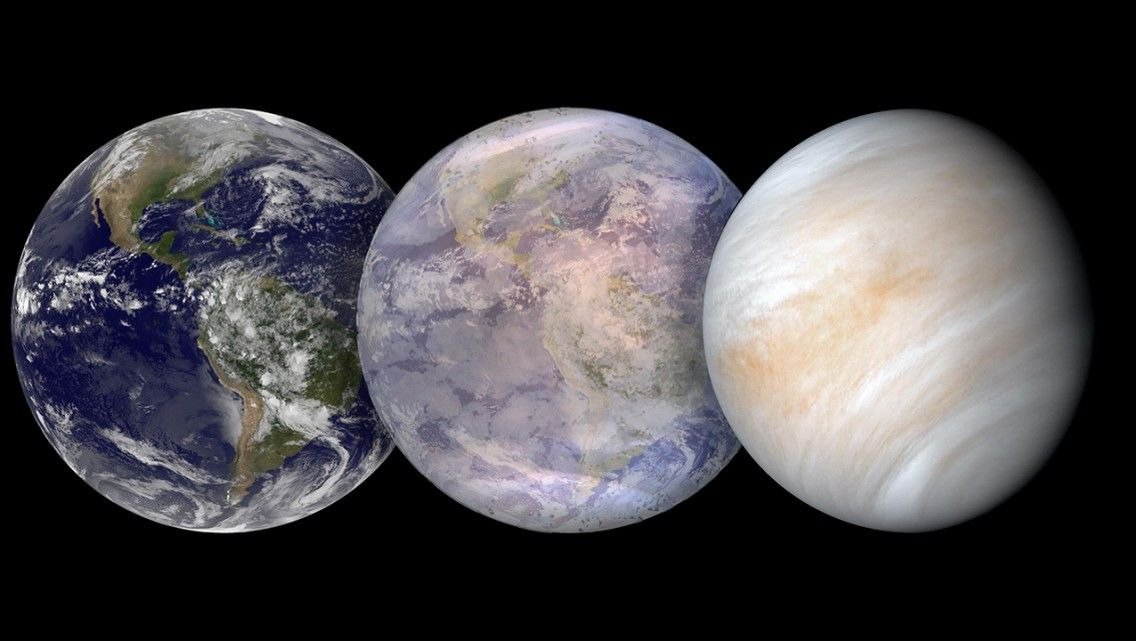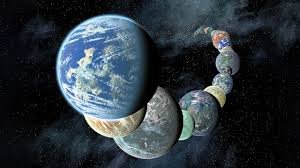
The James Webb Space Telescope (JWST) continues to capture global attention as it pioneers the search for habitable exoplanets. Launched in December 2021, the JWST has since been at the forefront of astronomical research, making groundbreaking discoveries that push the boundaries of our understanding of the universe. Its most recent efforts have focused on identifying and analyzing Earth-like planets beyond our solar system, a topic that has generated millions of searches and widespread interest.
A New Era of Space Exploration
The JWST’s advanced capabilities are transforming how scientists investigate the cosmos. Unlike its predecessors, the JWST uses infrared astronomy to peer through cosmic dust and capture unprecedentedly detailed images of distant celestial objects. This has enabled it to study the atmospheres of exoplanets with remarkable precision, searching for signs of habitability and even potential life.
One of the telescope’s primary methods is transmission spectroscopy. This technique involves analyzing the light from a star as it passes through an exoplanet’s atmosphere. By studying the resulting spectra, scientists can identify the chemical composition of the atmosphere and look for molecules like water vapor, methane, and carbon dioxide—key indicators of habitability (SciTechDaily) (CAS).
Key Discoveries and Research
The JWST has already made significant strides in identifying potentially habitable exoplanets. For example, it has discovered several planets within the habitable zones of their respective stars—regions where conditions might be right for liquid water to exist. One notable discovery is a series of exoplanets orbiting the star TRAPPIST-1, which have atmospheres that may support life (SciTechDaily).
Furthermore, the JWST has also provided insights into the formation and evolution of planetary systems. By observing young star systems, it has revealed the processes by which planets coalesce from disks of dust and gas, offering a glimpse into the early stages of planetary development (CAS).
The Search for Biosignatures
A significant aspect of the JWST’s mission is the search for biosignatures—molecules that may indicate the presence of life. In its quest, the telescope has focused on rocky exoplanets with atmospheres that could support life. Recent observations have identified promising candidates with conditions that resemble those of early Earth (ScienceDaily).
One of the most exciting prospects is the detection of methane in the atmosphere of a distant exoplanet. On Earth, methane is largely produced by biological processes, making its presence on another planet a tantalizing hint of possible life. However, researchers are cautious and emphasize the need for further studies to rule out non-biological sources of methane (SciTechDaily) (ScienceDaily).
Challenges and Future Prospects
While the JWST has made remarkable progress, the search for habitable exoplanets is fraught with challenges. The vast distances and faint signals involved require highly sensitive instruments and innovative techniques. Moreover, distinguishing between biological and non-biological sources of potential biosignatures remains a complex task.
Despite these challenges, the future of exoplanet research looks promising. The JWST’s discoveries are paving the way for future missions, such as the European Space Agency’s Ariel mission, which aims to study the atmospheres of hundreds of exoplanets. Additionally, advancements in technology and methodology will enhance our ability to detect and analyze distant worlds (CAS) (Nature).
Conclusion
The James Webb Space Telescope represents a monumental leap forward in our quest to understand the universe and our place within it. Its cutting-edge technology and pioneering research have captivated the global scientific community and the public alike. As the JWST continues to explore the cosmos, it brings us closer to answering one of humanity’s most profound questions: Are we alone in the universe?
By uncovering the secrets of distant exoplanets and searching for signs of life, the JWST not only expands our knowledge but also inspires a new generation of scientists and explorers. The discoveries made by this remarkable telescope remind us of the endless possibilities that lie beyond our own world, waiting to be discovered.
For more in-depth information and the latest updates on the JWST’s discoveries, visit SciTechDaily and ScienceDaily.












